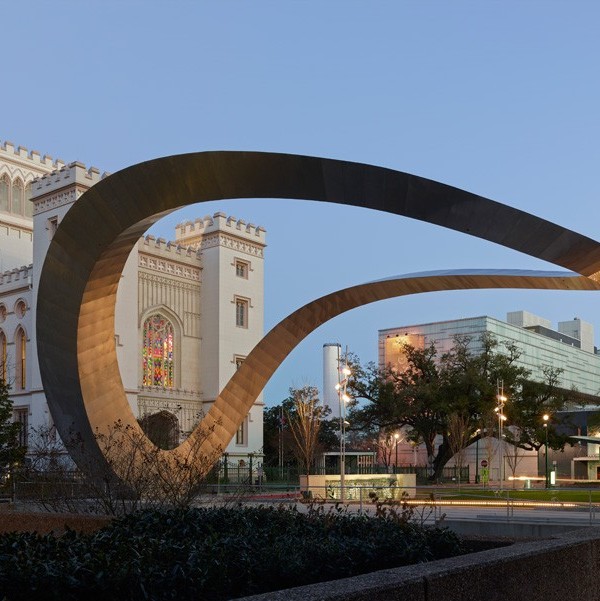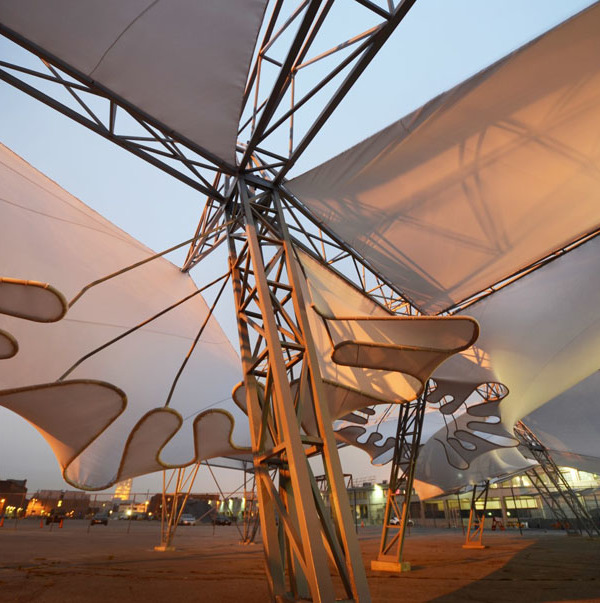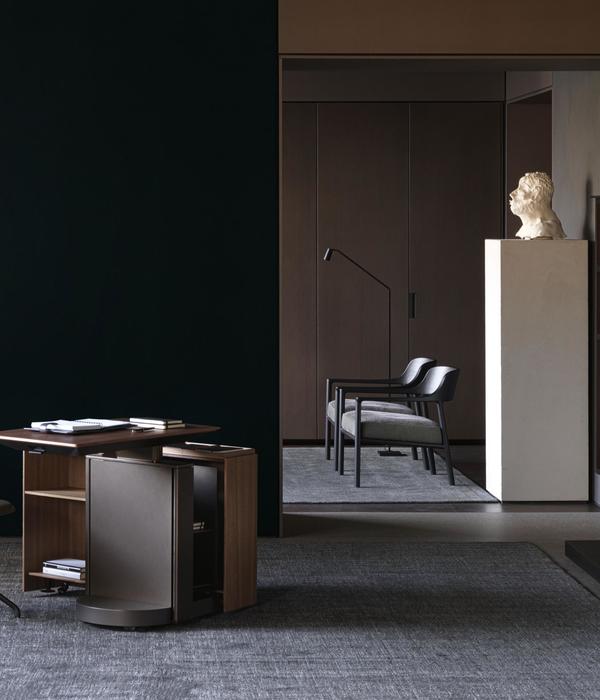位于俄罗斯Vyborg的Viipuri图书馆是由芬兰现代主义建筑师Alvar Aalto在1927年至1935年间设计和建造的。在建设期间,这片土地归芬兰所有。然而,由于二战期间边界的改变,Vyborg成为了俄罗斯的一部分。Alvar Aalto的图书馆被认为是现代建筑史上的里程碑。该建筑展示了后来成为Alvar Aalto现代主义作品的标志性特征,包括起伏的天花板、自由流动的平面和截面空间、照明和植物的使用,以及木材的结合。
The Viipuri Library in Vyborg, Russia, was designed and built by Finnish modernist architect Alvar Aalto between 1927 and 1935. During the construction period, the land was owned by Finland. However, due to border changes during World War II, Vyborg became part of Russia. Alvar Aalto's library is considered a landmark in the history of modern architecture. The building displays features that later became the hallmark of Alvar Aalto's modernist work, including undulating ceilings, free-flowing plan and cross-sectional Spaces, the use of lighting and plants, and a combination of wood.
Alvar Aalto高度理性和独特的设计方法,结合现代建筑材料的新调色板,导致了精简的形式与Alvar Aalto欣赏当时北欧的自然和社会条件的混合。建筑被设计成一个内部的矩形空间,类似于一个古典的房间,由精简的、未装饰的外墙包围。天花板是图书馆的独特之处。一个位于阅读区的天花板是阶梯式平面的排列,被许多圆形天窗穿透。图书馆演讲大厅的天花板以起伏的纹理木材为特色。
Alvar Aalto's highly rational and unique design approach, combined with a new palette of modern building materials, resulted in a streamlined form that blended with Alvar Aalto's appreciation of the natural and social conditions of Northern Europe at the time. The building is designed as an internal rectangular space, similar to a classical room, surrounded by a lean, undecorated exterior wall. The ceiling is the unique feature of the library. A ceiling in the reading area is arranged in a stepped plan, pierced by a number of circular skylights. The ceiling of the Library Lecture Hall features undulating textured timber.
{{item.text_origin}}












